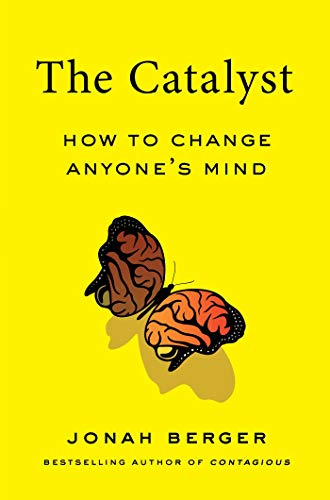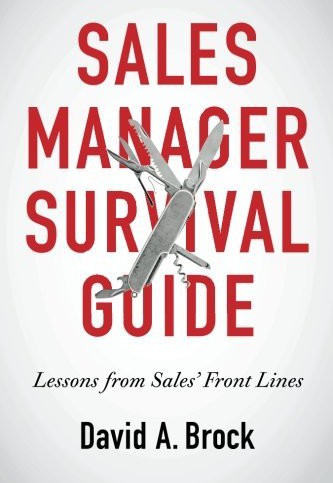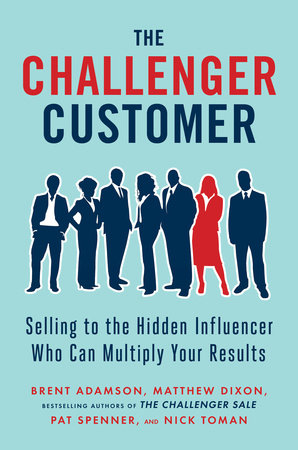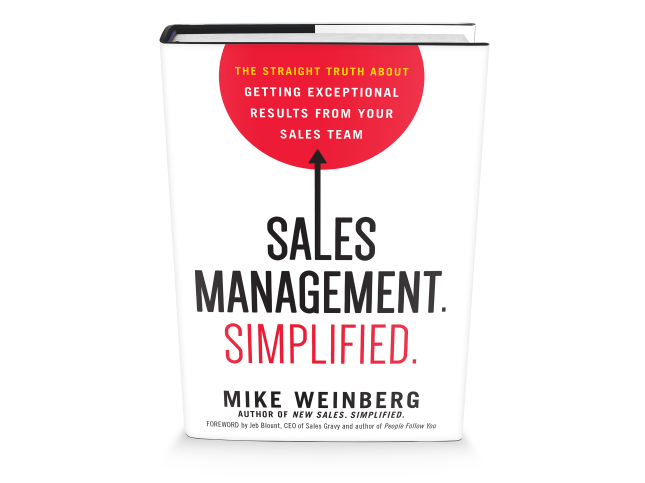To Persuade, First Remove Roadblocks
When you try to open a drawer and it gets stuck, what’s your first reflex? You yank it again, a little harder the second time, and you may repeat this several times until you finally realize brute force won’t work—and you might even break something. So you finally get smart about it: you stick your hand in and feel around to find out what’s blocking the opening, move it out of the way, and the drawer slides open easily. How much lost time and potential damage might you have avoided if you had removed the obstacle first thing?
The same thing may happen when you try to change someone’s mind. You try to sell them an idea, and they shut you down. So you try again, maybe a little bit more forcefully, or you polish your arguments and come at it a different way. But that doesn’t always work, work, because there are factors which block people from changing their minds even in the face of the strongest rational arguments. In these cases, you need to first remove or work around these impediments.
That’s where Jonah Berger’s book, The Catalyst: How to Change Anyone’s Mind, comes in. The key point is that when you set out to change something or someone, don’t start by asking “What can I say to try to convince them?” Start by asking yourself, “Why haven’t they changed already?”
Berger identifies five factors which prevent people from changing (or resisting persuasion), conveniently arranged in the acronym REDUCE.
Reactance is our inner 2-year-old which causes us to resist being told what to do. If we feel our freedom to act threatened, we tend to resist, even when we know it’s good for us. (Probably the single biggest reason so many people are refusing to wear masks in a pandemic). The way to get around reactance is to give the other person at least the perception of having the freedom to decide. You can do this by giving people a menu of choices, asking questions to get them to reach the intended conclusion, especially by highlighting a gap between status quo and ideal.
Endowment effect and loss aversion simply mean that we place a greater value on things we have than those we don’t. So, change is hard unless we see a much greater benefit—at least two to one, according to research. The antidote to endowment is to surface the cost of inaction, and that’s best done through asking them questions to arrive at the conclusion you want them to accept. (In case you haven’t figured out how important it is to ask questions, here’s a reminder).
Distance means that people have can have a range of different attitudes regarding the topic being discussed, from strongly in favor to strongly opposed to somewhere in between. For each topic they care about, they have a “zone of acceptance” and a “zone of rejection”. If your message falls into the former, it can move their attitude towards you; if the latter, the message can actually move them further away from agreement. This means you need to know where they are starting from, and most likely ask for less to start. This may require strategic patience on your part, but it beats getting shot down for good.
Uncertainty about potential outcomes makes people nervous. When people are asked to make choices between a sure thing and potentially more valuable gamble, risk aversion biases them toward the sure thing. As Berger puts it, anything new carries an “uncertainty tax”. To get over this hump, you’ve got to make it easy for people to try things out conveniently and at little risk to themselves.
Corroborating Evidence, Berger’s fifth factor, is a little out of place because it’s not technically a factor that impedes change; it’s a requirement. When people hold a strong attitude about the thing being changed, you may need reinforcements in the form of extensive and varied social proof. The theme of this chapter I “Don’t take my word for it.”
The Catalyst is a highly readable and useful book about removing barriers to persuasion. However, I don’t feel it lives up to its subtitle, ”How to Change Anyone’s Mind”, because it’s incomplete. While it’s important to remove roadblocks to change, you also need to make a positive case for the direction in which to move or the destination to aim for. Maybe that will be the theme of a sequel, in which case I look forward to reading it.






